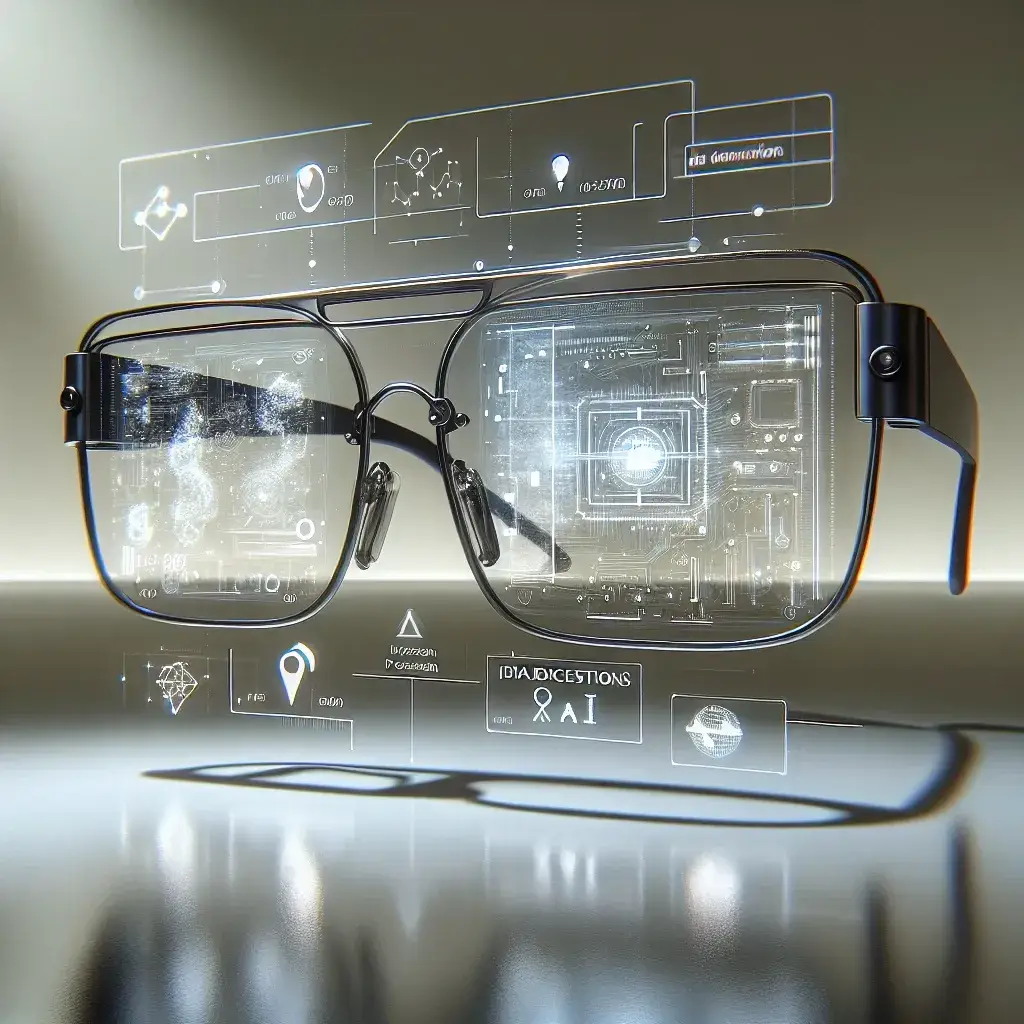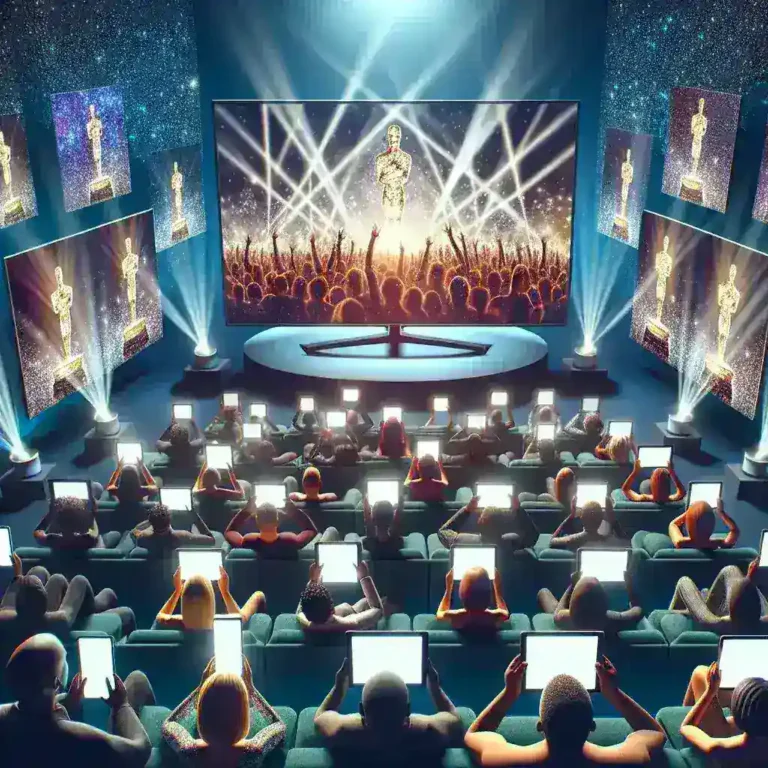Introduction
In the fast-evolving world of technology, augmented reality (AR) continues to capture the imagination of consumers and developers alike. Recently, Meta has made headlines by previewing its cutting-edge smart glasses that leverage AI-generated scene descriptions. This innovation promises to transform how we interact with the world around us, opening new avenues for immersive experiences.
The Evolution of Smart Glasses
Smart glasses have been around for a while, but they have often struggled to find their place in the mainstream market. From the early days of Google Glass to the more recent offerings from various tech companies, the concept of wearable technology that integrates digital information with our real-world surroundings has faced challenges. However, Meta’s new approach is setting a new standard.
Historical Context
The rise of smart glasses can be traced back to early experiments in wearable technology. Google Glass introduced the concept to the public, but its lack of practical applications and privacy concerns led to a decline in interest. In contrast, Meta’s focus on AI-generated scene descriptions aims to address these issues by providing users with relevant, contextual information without overwhelming them.
What Are AI-Generated Scene Descriptions?
At its core, AI-generated scene descriptions utilize sophisticated algorithms and machine learning to analyze real-time environments. By processing visual data captured by the glasses, the AI can generate descriptive text that enhances the user’s understanding of their surroundings. For instance, while walking through a museum, the glasses might provide details about the artwork or historical context, enriching the visitor’s experience.
How Meta’s Smart Glasses Work
Meta’s smart glasses are designed with a combination of hardware and software components that work in harmony to deliver this innovative experience:
- Integrated Cameras: The glasses are equipped with cameras capable of capturing high-resolution images and video of the user’s environment.
- AI Processing Unit: An onboard AI processing unit analyzes the images in real time, generating scene descriptions that are relevant and informative.
- User Interface: A user-friendly interface displays the generated descriptions in an easily readable format, overlaying them on the user’s view.
Benefits of Using AI-Generated Scene Descriptions
With the introduction of AI-generated scene descriptions, Meta’s smart glasses offer several advantages:
1. Enhanced Learning and Exploration
For students and tourists, these glasses can transform mundane visits into educational adventures. Imagine stepping into a historical site and receiving real-time information about each landmark.
2. Accessibility
Individuals with visual impairments can benefit significantly from this technology, as it can describe their surroundings, making public spaces more navigable and inclusive.
3. Increased Engagement
Gamification of learning experiences becomes easier with the integration of AR and AI, encouraging users to interact more with their environment.
Challenges Ahead
Despite the exciting potential of Meta’s smart glasses, several challenges remain:
1. Privacy Concerns
The ability to capture images and analyze environments raises significant privacy issues. Users and bystanders may feel uncomfortable knowing they could be recorded without consent.
2. User Acceptance
Getting users to adopt and trust this new technology is crucial. To do so, Meta will need to demonstrate clear benefits and address potential concerns about data security and privacy.
3. Technical Limitations
Real-time processing of complex visual data can be demanding on the device’s hardware. Ensuring smooth performance without draining the battery is essential for user satisfaction.
The Future of Smart Glasses
As we look ahead, the role of smart glasses in our daily lives is likely to grow. With advancements in AI and AR technologies, we can anticipate:
1. Broader Applications
Beyond tourism and education, industries like healthcare, manufacturing, and entertainment could leverage AI-generated scene descriptions to enhance their operations.
2. Customization
Future iterations of smart glasses may allow for more personalized experiences, tailored to individual preferences and needs.
3. Integration with Other Technologies
As smart homes and IoT devices become more prevalent, smart glasses could serve as a hub for accessing and managing various smart technologies.
Conclusion
Meta’s preview of smart glasses with AI-generated scene descriptions marks a significant leap forward in wearable technology. By merging augmented reality with artificial intelligence, the company is set to redefine how we experience and interact with the world. As we continue to explore these innovations, one thing is clear: the future of smart glasses is bright, filled with opportunities for learning, engagement, and a deeper connection with our environment.




